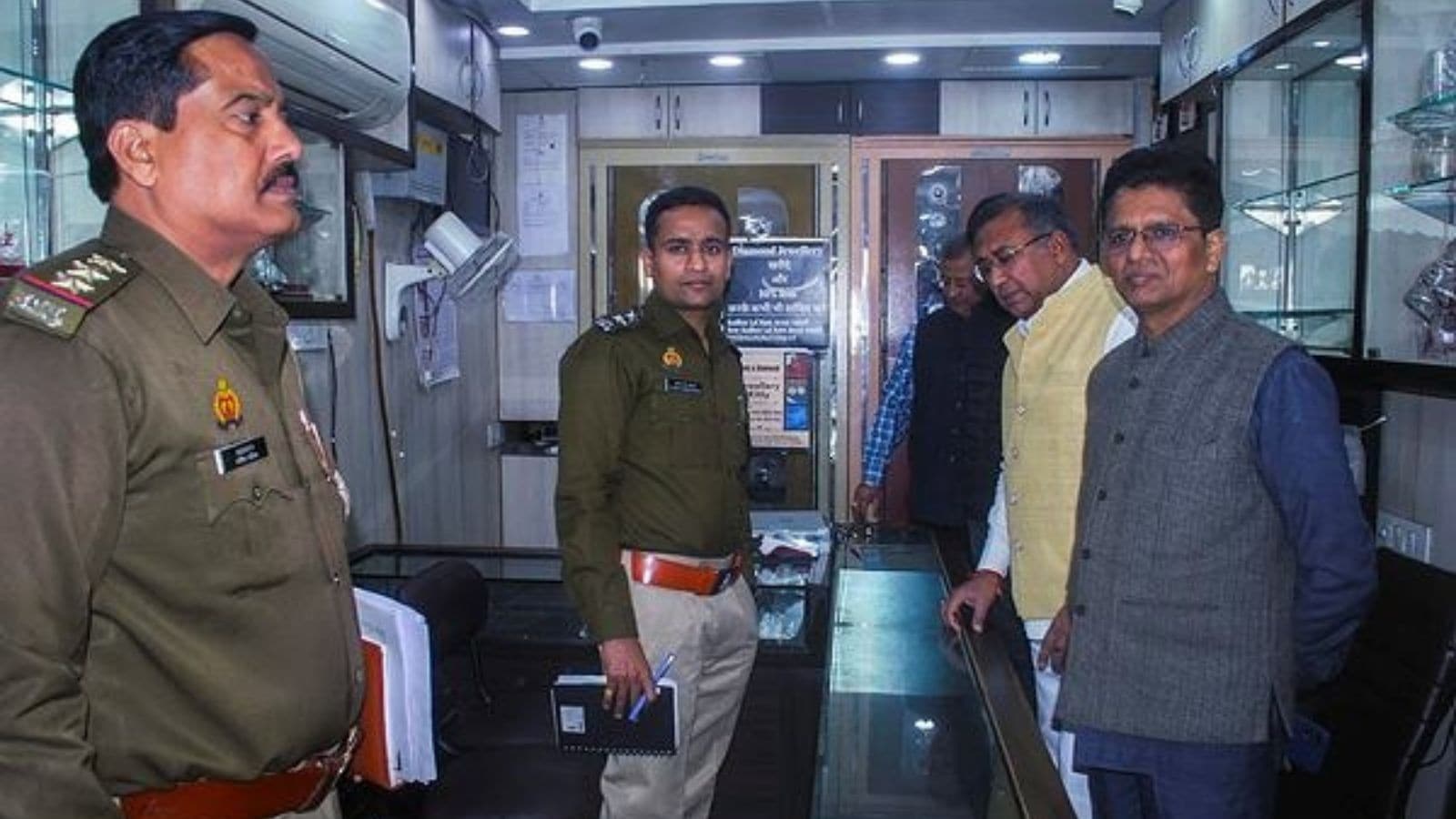 |
|
The recent alleged kidnappings of comedians Sunil Pal and Mushtaq Khan have sparked a joint investigation by Meerut and Bijnor police in India. Both incidents bear striking similarities, leading investigators to suspect a common criminal gang is responsible. The case highlights the vulnerability of public figures to organized crime and the challenges faced by law enforcement in apprehending perpetrators. The investigation is further complicated by conflicting accounts and the release of selective audio evidence.
Sunil Pal's wife, Sunita, met with senior police officials in Meerut to seek updates on the progress of the investigation. She expressed concerns about the selectively released audio tape, arguing that it was edited to portray her husband as complicit in the alleged abduction. The audio, reportedly released by the kidnappers after Pal's release, seems to suggest a pre-existing relationship between Pal and his captors, which Sunita vehemently denies. She claims her husband is recovering from the trauma in Mumbai and that the full audio tape provides a completely different narrative. She believes the released portion was intentionally manipulated to misrepresent the situation.
Mushtaq Khan's case adds another layer of complexity to the investigation. Khan, unlike Pal, managed to escape his captors after paying a smaller ransom of Rs 2.25 lakh. His account of the ordeal, including details of torture and the eventual escape aided by the morning azaan, contrasts with Pal’s narrative of being unharmed but threatened. This difference in the victims' experiences may offer crucial clues about the modus operandi of the kidnappers and their selection of targets. The seemingly similar nature of both incidents suggests a meticulously planned approach by the perpetrators. They invited both victims to events, offering payment and airfare, facilitating the abduction.
The police have made significant progress in the investigation, having taken ten suspects into custody. Among those detained are the guard and the manager of the Bijnor guest house where both comedians were allegedly held captive. However, the main suspects, Lavi Pal and Arjun Karnwal, remain at large, posing a significant challenge for the investigating team. Four police teams are actively pursuing the main accused, using various investigative techniques to track their movements and whereabouts.
The investigation encompasses extensive use of CCTV footage from Modinagar to Bijnor, covering a wide geographical area. Analyzing this footage alongside the audio evidence and witness testimonies is crucial for building a strong case against the perpetrators. The collaboration between Meerut and Bijnor police underscores the seriousness of the situation and the collaborative effort required to solve such complex crimes. This inter-state coordination demonstrates the police's commitment to bringing the perpetrators to justice and ensuring public safety.
The cases highlight the need for increased security measures for public figures, particularly those who may be perceived as vulnerable or accessible. The perpetrators' ability to lure both victims with the promise of work, followed by abduction, reveals a sophisticated level of planning and deception. This underscores the need for heightened awareness among individuals in the entertainment industry and others who frequently travel and attend public events. It is critical that enhanced safety protocols are implemented to mitigate the risk of such incidents in the future.
The investigation's outcome will have significant implications for the safety and security of public figures and the broader community. The efficient apprehension of the main suspects and a successful prosecution will send a strong message deterring similar criminal activity. Furthermore, the investigation's findings could inform future law enforcement strategies to address such organized criminal networks. Transparency and effective communication with the victims' families are crucial in maintaining public confidence in the investigation's integrity and ability to deliver justice.
The differences between Pal and Khan's accounts – one of threatening but physical unharmed captivity, the other involving prolonged torture – suggests a degree of improvisation or situational flexibility in the kidnappers’ methods. It also raises questions about the consistency of the victims' memories under duress and the potential for selective recollection. Further investigation into these discrepancies is crucial in building a comprehensive and accurate understanding of the events.
The investigation is ongoing, and it remains to be seen whether the police will be able to successfully apprehend the remaining suspects and bring them to justice. The case serves as a stark reminder of the challenges faced by law enforcement in dealing with organized crime and the importance of collaborative efforts to ensure public safety and security. The full picture of the kidnappings and the extent of the perpetrators’ network is yet to be fully revealed.
